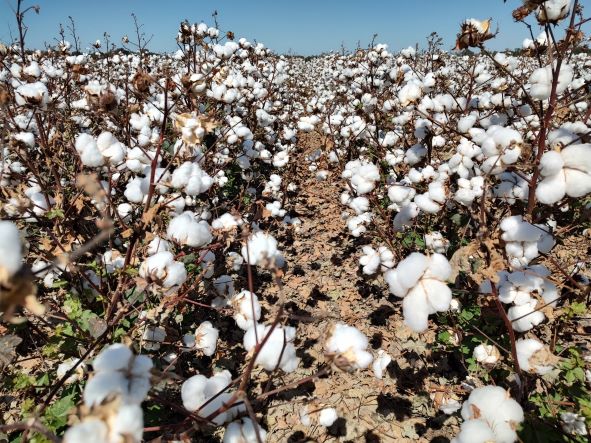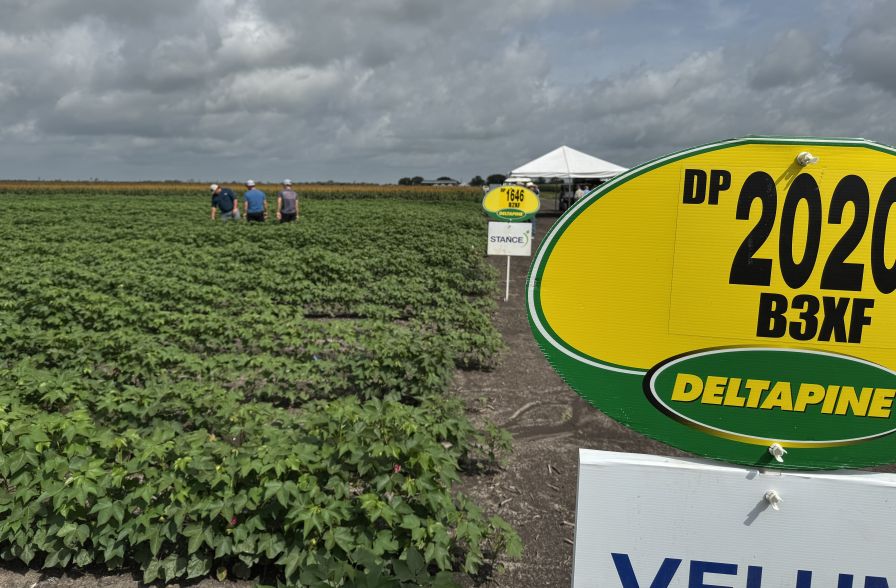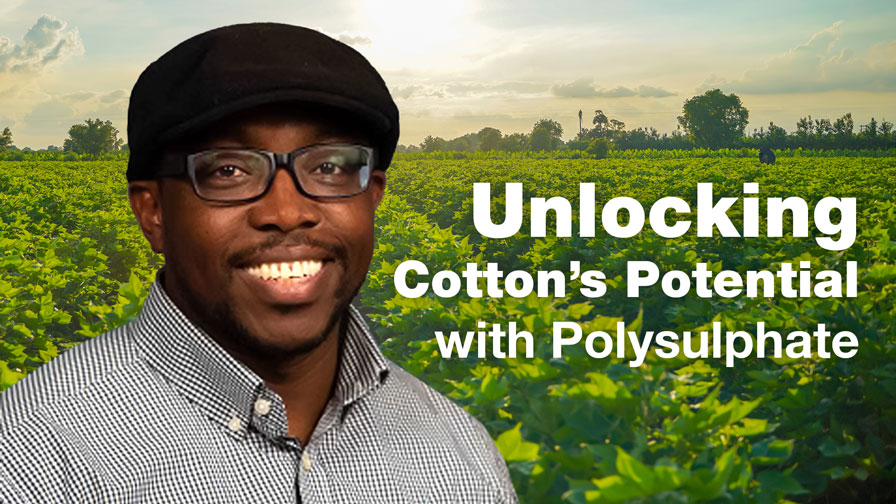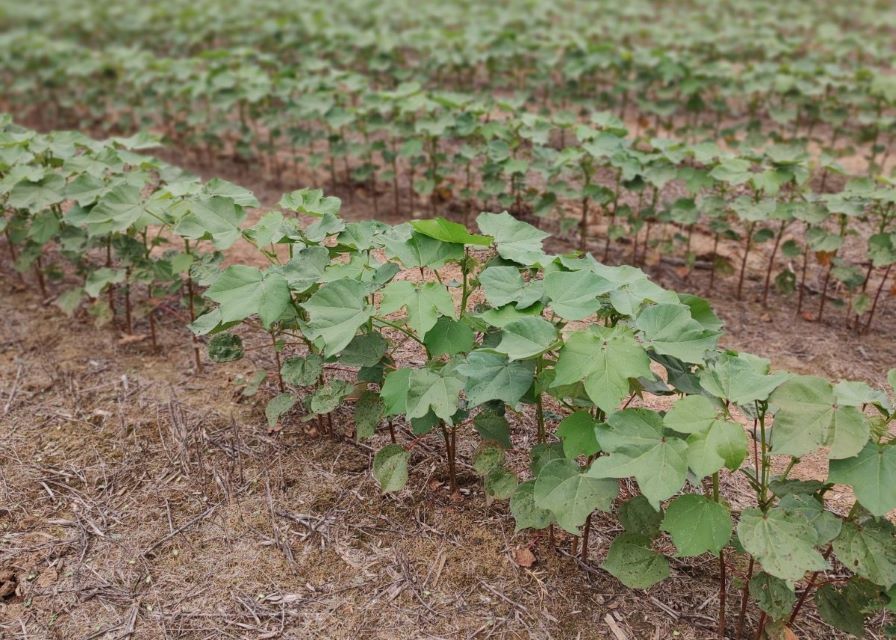Oh Deer! The Increasing Impact of Deer on Cotton
Two years ago, during the University of Georgia Cotton and Peanut Field Day in Tifton, Georgia Extension Cotton Specialist Camp Hand began surveying growers about the growing whitetail deer problem that was wreaking havoc on yields and causing significant crop losses.
To better understand the impact, he distributed a one-page survey at various grower meetings over the winter months, asking farmers about their total acreage, the percentage of fields affected by whitetail deer, their estimated yield loss on those acres, and how much they were spending to mitigate the issue.
In a recent episode of Cotton Grower’s Cotton Companion podcast, Hand outlined some of the results of that survey.
Financial Hit
Whitetail deer are causing significant financial strain on Georgia cotton farmers, with an estimated $150 million in yield losses and mitigation costs.
“On average, the response was about 40% acres affected, about 40% yield loss on those acres, and an average spending of about $50 dollars an acre attempting to slow them down,” says Hand.
This impact from deer surpasses that of other major pests like Palmer pigweed and root-knot nematodes, highlighting the need for effective management strategies.
Combatting the Issue
Many farmers are turning to depredation permits issued by the Georgia Department of Natural Resources (DNR). These permits allow growers to take measures during the summer months to deter deer from their fields or, in some cases, reduce the population.
For some, the damage has been so severe that replanting cotton has become necessary. Nearly 50% of surveyed growers reported using some form of repellent – a sign of growing desperation as they struggle to find solutions.
Most farmers, however, are relying on tried-and-true resources like cameras and hunting weapons to manage the growing deer problem on their crops.
Representatives from multiple states across the Ccotton Belt, as well as the Georgia DNR, are participating as well.
“Through my conversations with growers, I’ve been able to relay their concerns to the DNR, highlighting the severity of the issue and the urgent need for discussion,” Hand says. This ongoing collaboration aims to develop effective wildlife management strategies that address the increasing impact of whitetail deer on cotton production.
Research
A field project documenting real yield losses focused on grower fields based on deer pressure. Exclusion cages were set up as soon as the crops were planted.
Each exclusion cage was 15 feet long and covered three rows, standing about five feet tall to prevent deer from entering. While deer can jump that height, extensive prototype testing led to the use of T-posts and a wildlife exclusion fence designed for homeowners. To ensure the cages’ effectiveness, corn was placed inside one cage with no food outside. In the worst-case scenario, the deer refused to enter the cage for food.
“We did a lot of testing before getting into grower fields,” says Hand. “Depending on the space, we placed three to four cages at a uniform distance from the field edge to ensure consistency. Throughout the year, we collected data that tracked plants that were killed by deer versus those that were just fed on but could still result in a harvestable yield.”
Looking Forward
It’s ultimately a number’s game. Research is essential for understanding deer damage on cotton crops and developing effective solutions. By gathering data on deer behavior and population impact, Hand and his fellow cotton specialists in other states hope to be able to create targeted strategies to reduce crop loss and support sustainable farming practices.
“There’s a lot of opportunity to learn and figure out where we go from here,” Hand says. “The next step is figuring out what works and how we manage this long-term.”









